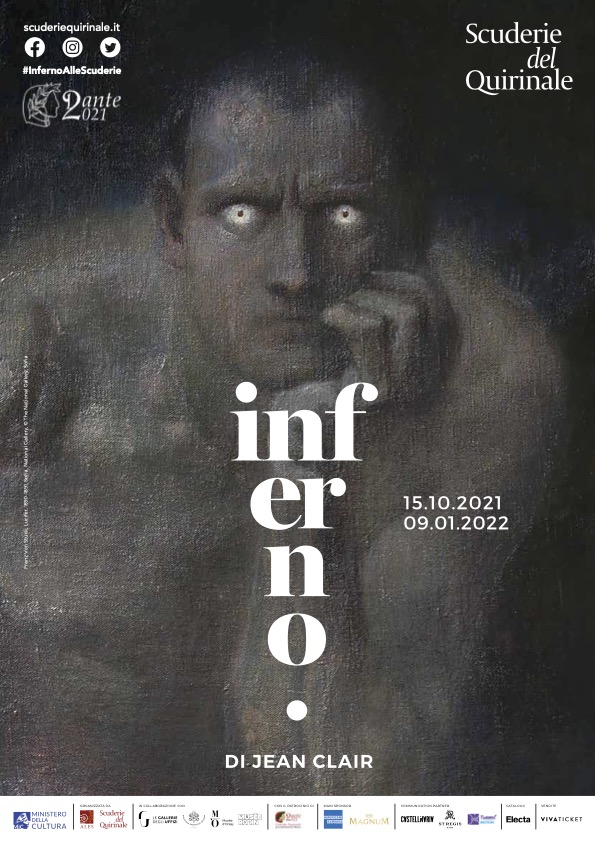The Gates of Hell
Rodin worked on the Gates of Hell from 1880 until his death in 1917. Over the years he created over two hundred figures and group sculptures for the project, some of which – like The Thinker, The Kiss, and Ugolino – became works in their own right. Rodin only displayed the work in public on one occasion – in 1900, as an incomplete version. It was not until after his death that the complete work was cast in bronze. Clearly inspired by the gate described by Dante at the start of Canto III, the Gate is not intended to be a literal illustration of the Comedy. While the older sections are more faithful to Dante’s tale, over the years Rodin drew upon other sources, especially Baudelaire’s poem Les Fleurs du Mal.
The initial project was a classic structure based on panels, according to the model of the Doors of Paradise by Lorenzo Ghiberti, with scenes representing the various stages of Dante’s journey. One jamb held a depiction of Limbo and the other, the circle of the Lustful; while the lintel showed the damned arriving in hell and the Judgement, with the Thinker in the role of Minos, the infernal judge.
Rodin gradually moved towards a freer composition, adding numerous figures of the damned expressing their despair through various gestures. In the lower section we find Paolo and Francesca (the group inspiring The Kiss) and, on the right, Ugolino. The group of Shades positioned at the summit of the monument evokes the Dantean inscription “Abandon all hope, ye who enter”.
Originally intended for the Decorative Arts Museum, Paris, and later for the Crypt of the Tour du Travail or the Musée du Luxembourg, this monumental sculpture, the culmination and conclusion of Rodin’s oeuvre, would eventually find a home in the Parisian museum dedicated to the artist.



